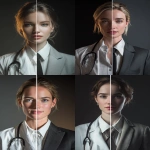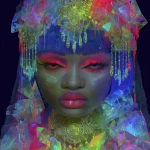Explore the Best AI Image Gallery
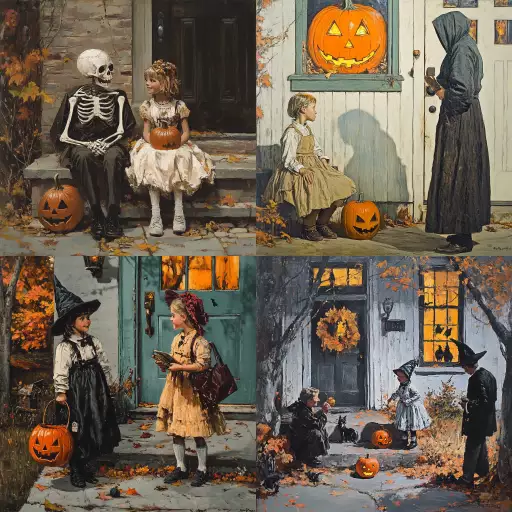
Beyond the Brush: AI-Generated Visual Content and Its Impact on Creativity
The realm of art and design is undergoing a seismic shift with the advent of AI-generated visual content. From mesmerizing digital paintings to innovative 3D models, artificial intelligence is rapidly changing how we create, consume, and interact with visuals. This blog post delves into this exciting frontier, exploring the potential uses, ethical considerations, and future trends shaping the intersection of AI and creativity.
The Creative Potential Unleashed
AI-powered tools offer a plethora of possibilities for artists, designers, and creators across various disciplines.
- Concept Development: AI algorithms can assist in brainstorming ideas, generating initial sketches, and exploring different design directions, helping artists overcome creative roadblocks and expand their conceptual horizons.
- Content Generation: Tools like DALL-E 2 and Midjourney can produce stunningly realistic images from textual descriptions, empowering individuals to visualize abstract concepts or bring imaginative ideas to life with remarkable fidelity.
- Personalized Experiences: AI can tailor visual content to individual preferences, creating unique artwork, customized designs, or immersive experiences that resonate with specific tastes and interests.
Applications Across Industries
The impact of AI-generated visual content extends far beyond the traditional art world.
- Advertising & Marketing: Generate captivating visuals for campaigns, personalize marketing materials, and create dynamic ad experiences that engage target audiences.
- Gaming & Entertainment: Develop realistic game environments, characters, and assets, streamlining the development process and enhancing immersion for players.
- Education & Research: Visualize complex data sets, create interactive simulations, and generate engaging educational content that brings abstract concepts to life.
Ethical Considerations: Navigating Uncharted Territory
As AI-generated visual content becomes increasingly sophisticated, several ethical considerations arise:
- Copyright & Ownership: Who owns the copyright to AI-generated artwork? Establishing clear guidelines for intellectual property rights is crucial in this evolving landscape.
- Bias & Representation: AI algorithms are trained on vast datasets, which may contain biases that reflect societal inequalities. Its essential to ensure that AI-generated content promotes diversity and avoids perpetuating harmful stereotypes.
- Authenticity & Trust: The ability of AI to create highly realistic visuals raises concerns about authenticity and potential misuse for creating deepfakes or spreading misinformation. Building trust and transparency in the use of AI-generated content is paramount.
The Future of Creative Collaboration
The future of creativity lies in a collaborative partnership between human artists and AI tools.
- Augmenting Human Creativity: AI can serve as a powerful assistant, enabling artists to explore new ideas, overcome technical challenges, and push the boundaries of their creative expression.
- New Artistic Mediums: AI is opening doors to entirely new artistic mediums, blurring the lines between physical and digital art forms. This convergence will foster innovation and inspire fresh perspectives.
- Democratization of Creativity: AI-powered tools can empower individuals with limited technical skills to participate in the creative process, fostering greater accessibility and diversity within the arts.
Conclusion
AI-generated visual content is revolutionizing the creative landscape, offering unprecedented opportunities for artistic expression, innovation, and collaboration. As we navigate this transformative era, its crucial to address ethical considerations, promote responsible use, and embrace the potential of AI to enhance human creativity.

](https://images.ai-img.art/thumbnails/150/184b4b030e30be0a6d51b544226cb4cf2271977814d935d3aaa2b7529355b3b7.webp)

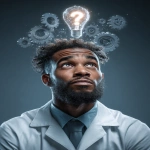
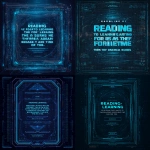
](https://images.ai-img.art/thumbnails/150/6c909fd6d38caac6572b592dd97831deb7d6562bba142798574677582676dfc1.webp)
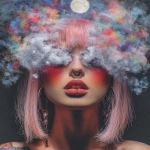


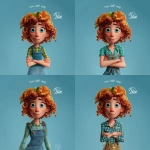
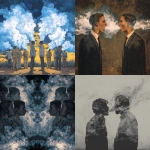
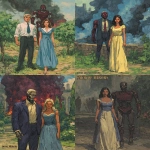
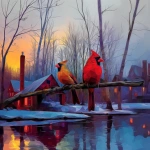
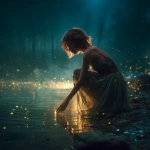

](https://images.ai-img.art/thumbnails/150/e6a179db327f0374ec327d0fdab48ac1f2dc47123eed103b0a41ed346280d07d.webp)

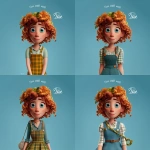
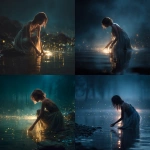
](https://images.ai-img.art/thumbnails/150/655229c40961cb7ff5abd4b4190e02c94ea1a961106e7547a562649c945268be.webp)
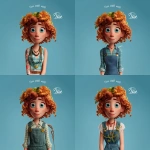

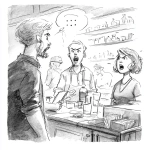
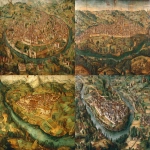

](https://images.ai-img.art/thumbnails/150/1202074d0d60b08b64d0f91f36468608aaac200a02b721cc8e6d8ec8a908432c.webp)
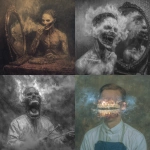

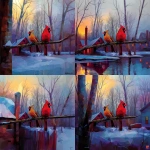

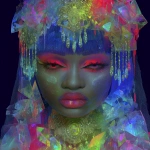

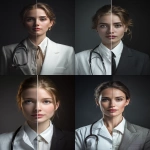
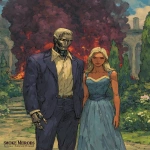

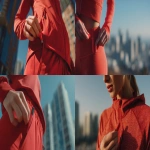
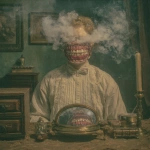
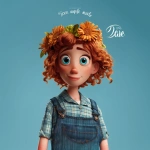
](https://images.ai-img.art/thumbnails/150/26c16e4f635deee86633de398088ca98d9bb748d6e7601436b07e882fab236cb.webp)
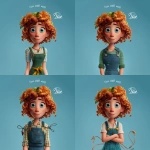

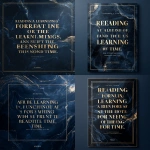

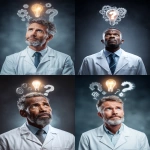
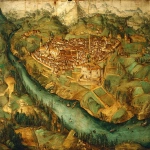
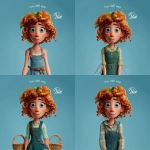
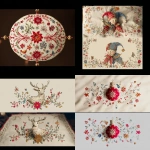
](https://images.ai-img.art/thumbnails/150/60973df1d727dbbf8e6922b7e4836814ab6012106eb9dcfe99aea7aec15f3710.webp)
